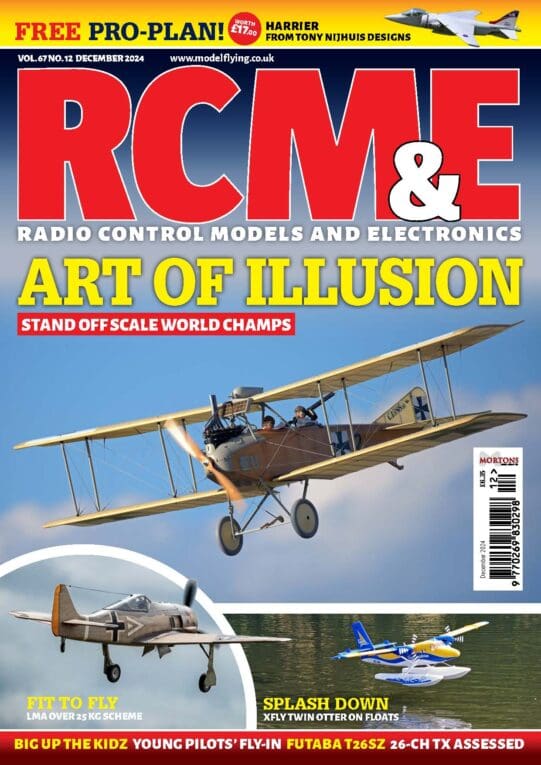You can read Part One of this review here. For this section, I’ll move on to putting the Bobcat together.
The instructions suggest that the Bobcat is built as a one-piece airframe, which is no bad thing since it just fits in my short wheel-base 4×4 with the seats folded and, likewise, would comfortably ride in the back of a similarly configured family hatch. Convenience goes a long way in this game! Mind you, given that the wings slide over a tubular alloy spar, and that the boom and tailplane are bolted together, it seemed that the model was almost designed to be disassembled. Now, as you may know, I fly a lot of gliders and since even the bigger ones rely on just rubber bands and hooks to hold the wings in situ over tubular joiners, I decided to treat the Bobcat similarly. That way, at least, the whole airframe could be dismantled for future servicing. Of course, the Bobcat’s wing is tiny in comparison to the average glider, and bearing in mind that the twin booms hold the trailing edges tightly together, I reasoned that all I really needed to do was hold the pointy leading edges together at the front. This I duly did in the time-honoured way with the aforementioned hooks and rubber bands. Bingo! The airframe could now be totally dismantled and packed into the smallest of spaces.
SERVO SELECTION
You should know that the radio gear for this one consists of a whopping eight servos, six extension leads and, depending on your transmitter mixing facilities, a Y lead or two. Harness this to a decent 2000mAh battery, plus a receiver of your choice and you’re in business. Two good ‘standard’ servos will suffice for the ailerons, whilst four minis are employed to drive the twin rudders and the elevator, a standard for nose wheel steering, and anything you like for the throttle. You could undoubtedly use a single servo for the elevator, mid mounted, fiddling and diddling with cables and links, and I daresay one decent servo would collectively drive the nose leg and the twin rudders, which, of course is how we used to do things in the good old days. In truth though, I wouldn’t bother. Plane Nutz sell their own brand of mini servo that’s been specifically sourced for the model and this is clearly the easiest and quickest solution. I used Hitec HS475BBs in the wings and a couple of HS422s for the nose leg steering and throttle. Finally, although the ailerons are huge they don’t need to move very far, so you won’t have to go mad on servo spec.
Enjoy more RCM&E Magazine reading every month.
Click here to subscribe & save.
With all the gear plugged in and operational, the canopy was fixed with four of those neat little hex drive servo screws, which I use for anything and everything these days. The tank sits very comfortably in the fuselage formers and taking a tip from the suppliers, I mounted it with the bung forward in the conventional way, despite the rear pusher configuration. In terms of engine choice, Plane Nutz have been flying their prototypes on a J’EN 56 and APC 11 x 7 combination. Since this is reported to give medium performance and as I happened to have a J’EN 56 on the shelf, I used the same combination.
Read the internet forum discussions on this model and you’ll find that anything from a .46 up to and including various hot .91s have been fitted. Mind you, before you rush off and bolt on the biggest and heaviest lump you can shoehorn in place, do think on. More is so often less in the world of aviation and half a pound at the rear will cost you double that up front to achieve balance. So, whereas my model tips the scales at well under 7 lb, shoving a bigger engine in place will put that up to 9 or 10, which will make a huge difference to slow speed handling, climb performance, turning radius and undercarriage integrity!
That just about wraps up this section; head over to Part Three to read how she performed in the air.




